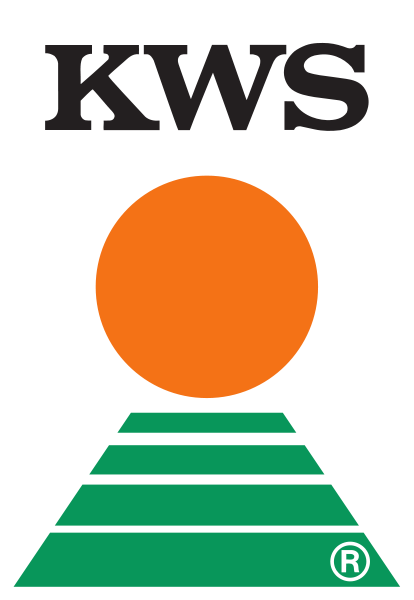Team:Goettingen
From 2012.igem.org
| Line 608: | Line 608: | ||
<img src="http://www.patrickreinke.de/igem/synbio.jpg"> | <img src="http://www.patrickreinke.de/igem/synbio.jpg"> | ||
<br> | <br> | ||
| - | <font size="- | + | <font size="-1">After Nandagopaland and Elowitz (2011). A continuum of synthetic biology. Wild-type cells (<b>A</b>) can be subject to two basic types of synthetic manipulation. (<b>B</b>) Autonomous synthetic circuits, consisting of ectopic components, may be introduced into th cell. Such circuits process inputs and implement functions (red arrows) seperate drom the endogenous circuitry (black). However, unknown interactions with the host cell may affect their function (purple arrows) (<b>C</b>)An alternative is to rewire (red lines) the endogenous circuits themselves to have new connectivity. (<b>D</b>) Extending this line of synthetic manipulation, synthetic circuits could be integrated into appropriately rewired endogenous circuitry to act as sensors and to implent additional functionality. Ultimate goals of this program are to be able to design and construct (<b>E</b>) synthetic circuits that can functionality replace endogenous circuits or (<b>F</b>) fully autonomous circuits that operate independently of the cellular mileu.</font> |
| - | <font size="- | + | <font size="-1"> <a href="http://www.its.caltech.edu/~haylab/research/SBReview2011.pdf">Nagarajan Nandagopal and Michael B. Elowitz. (2011). Synthetic Biology: Integrated |
Gene Circuits. SCIENCE, Vol. 333: 1244-1248.</a> </font><br> | Gene Circuits. SCIENCE, Vol. 333: 1244-1248.</a> </font><br> | ||
<br> | <br> | ||
Revision as of 10:58, 18 August 2012

|
Language:
Welcome to iGEM Göttingen
iGEM is an international competition hosted by the MIT in Boston, USA, for undergraduate students
of disciplines related to molecular biology. iGEM stands for International Genetically Engineered
Machine competition. One the one hand, it targets to combine aspects of education and social
collaboration among undergraduate students, on the other hand, it provides a library for
standardized and interchangeable parts which can be used in living systems, particularly
in model organisms like E. coli. Student groups from all over the world will receive a
requested kit of biological parts, also called "biobricks", and work over the summer on
an individual research project. Every year, the "Registry of Standard Biological Parts"
is upgraded with further biobricks by the participating iGEM teams. These biobricks will
be accessible to the iGEM community in the following years in order to use these parts for
their own projects. Homing Coli
Escherichia coli is a commonly used bacterial model organism. It has lots of beneficial
traits, e.g. a short generation time and it can be easily manipulated. Most E. coli
strains that are used in laboratories do not exhibit high motility. The crucial element for
motility is the flagellum, which is rotated by a molecular motor within the cell wall.
Consequently, these are reduced in cultivated E. coli strains. Synthetic Biology
Synthetic biology is an interdisciplinary scientific area that has recently developed.
It links various fields of science like biology, chemistry, physics, molecular genetics,
informatics and engineering. ↑ Return to top
|
News04 May 2012, KWS SAAT AG is now Head Sponsor. The iGEM-Göttingen team is happy to welcome the KWS SAAT AG as head sponsor! For more information click here.  04 April 2012, Sartorius Stedim Biotech GmbH is now Premium Sponsor.
The first sponsor of our iGEM team is the company Sartorius Stedim Biotech GmbH. For more information click here.  |
Team Göttingen Sponsors and Supporter |
 |  |



|
 "
"

